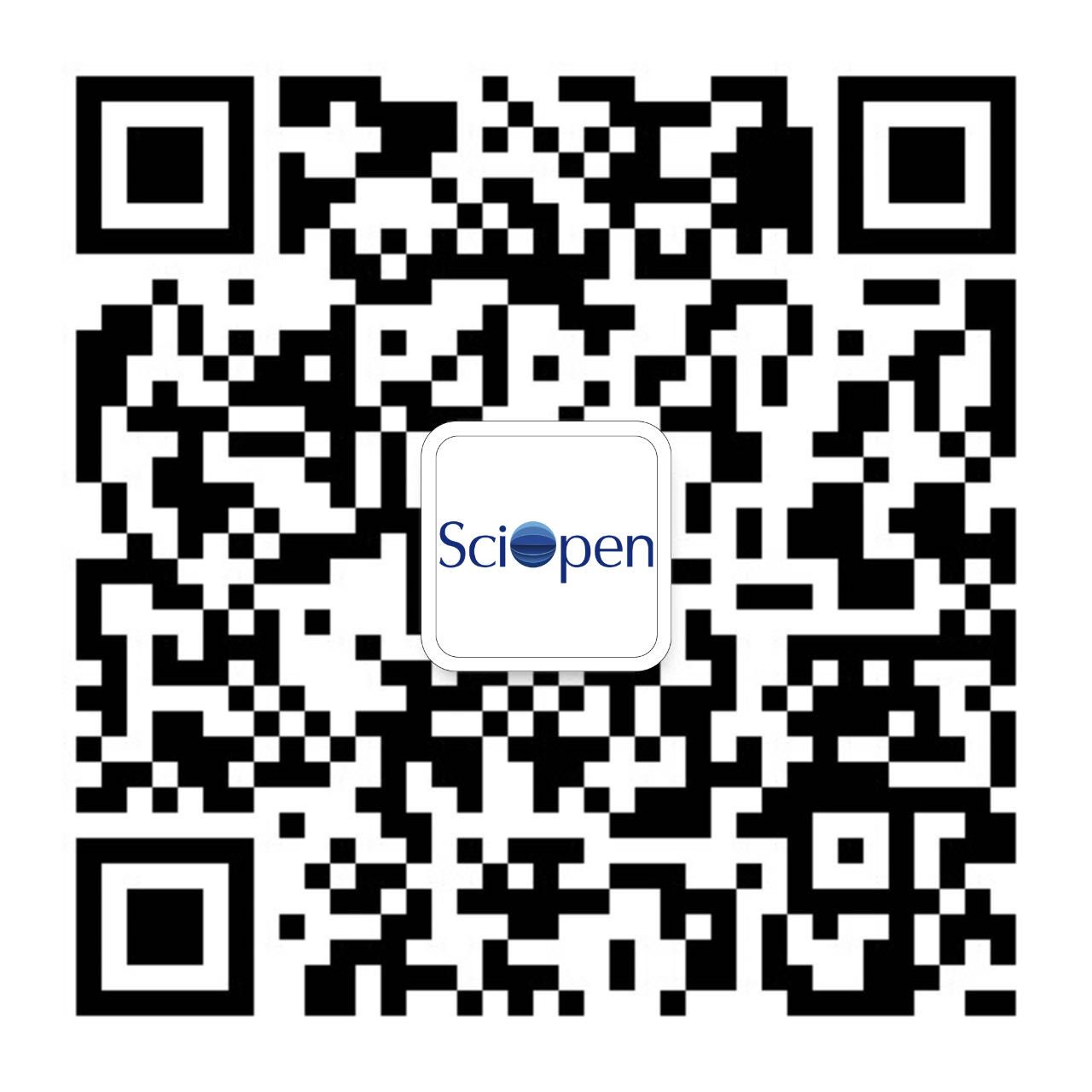This technical note presents a practical approach to low-energy Earth–Moon transfer autonomous guidance considering high-fidelity orbital dynamics. Initially, autonomous guidance, delineated as a trajectory-tracking problem, is addressed within the framework of a predesigned reference trajectory solution, accompanied by empirical trajectory correction maneuver allocation. A series of two-point boundary value problems is subsequently formulated to incorporate guidance velocity increments. An algorithm employing quasilinearization, discretization, and recursion is proposed to address these boundary value problems, which results in enhanced convergence performance compared with traditional differential-correction-based guidance methods. Finally, a Monte Carlo analysis demonstrates the efficacy of the proposed autonomous guidance approach, indicating its potential for onboard applications.
A key technology for the safe landing of spacecraft in powered descent is to solve the six degrees of freedom(6-DoF) powered descent guidance problem in real time. This problem is a fuel-optimal problem with multiple constraints. In this paper, three optimization methods are established by three independent variables, namely flight time, time substitution variable, and height. Three onboard navigation techniques are created by transforming the trajectory optimization issue into a form that can be solved by successive convexification algorithms. The comparative analysis shows that all three methods can solve the 6-DoF powered descent problem. Although the flight time must be known beforehand, the optimization with flight time as an independent variable has the maximum computing efficiency and the lowest fuel use. The other two optimizations can optimize the flight time, but both are sub-optimal solutions, and the computation time is greatly increased. The accuracy of the three methods is similar under the same number of discrete points. If successive convexification algorithms are used as the online guidance algorithms for power descent, problems such as how to determine the optimal flight time, approach the optimal fuel solution and shorten the calculation time still need to be further studied.
The Microgravity Active vibration Isolation System (MAIS), which was onboard China’s first cargo-spacecraft Tianzhou-1 launched on April 20, 2017, aims to provide high-level microgravity at an order of 10






 京公网安备11010802044758号
京公网安备11010802044758号